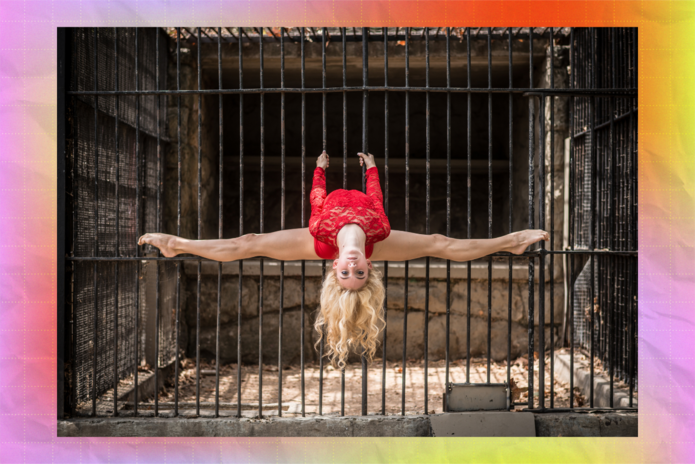Even world class athletes aren’t exempt from the inherent sexism that seems to run rampant throughout society. On February 3, 2021, the chief of the Tokyo Olympics organizing committee, Yoshiro Mori, argued against the goal to double the number of women on sports organizations’ executive boards, saying that their meetings would run overtime because women can’t express themselves in a concise manner. Mori called their behavior “annoying,” and went on to explain that the women currently on their committee “understand their place.” It’s just the tip of the iceberg of the Olympics’ misogyny problem. His behavior is just one example of the Olympics’ long history of misogyny, and he went on to apologize and eventually resign – who wants that kind of a person in charge of the Olympics?
But that energy ripples through year after year. Mori’s comments just add to a lengthy list of degrading Olympic commentary directed at women, from the shape of their bodies to crediting their male coaches for their successes and beyond. Female athletes are constantly criticized for things that are out of their control, but bodies come in all shapes and sizes. Some women have broad shoulders, some have textured hair, others have long necks or struggle with acne; our differences are part of what makes us unique individuals. Olympic women are not here to show off their looks or get viewers excited about their style – they’re in the Olympics because they are the best of the best, and are competing to prove it.
So, how does an athlete’s appearance impact their ability?
For example, the dress code rules for Olympic gymnasts are ridiculously strict for women who are basically flying through the air. Ponytail too messy? Don’t count on a perfect score. Massive wedgie after you stick that landing? Better not pick it – that could cost you half a point. Nearly 30 years ago, Maria Petrova – a rhythmic gymnast from Bulgaria – was penalized two tenths of a point for a “wardrobe malfunction” when her leotard zipper popped during a routine, ruining her chances of a medal.
Synchronized swimmers can’t wear theatrical makeup, but if their natural makeup runs? Forget about it. The length of a female archer’s shorts or skirt is arbitrarily measured by the tips of her fingers. Female figure skaters are required to wear a skirt unless they’re in a full bodysuit, and two pieces are an absolute no-go. Does this all sound a little too close to a strict, often sexualized school dress code to anyone else?
This year, Black women on the swim team faced new obstacles after the banning of Black-owned business Soul Cap, a brand of swim caps designed with 4C hair in mind. The International Swimming Federation (FINA) claims that the caps didn’t match “the natural form of the head,” which is not only misogynistic, but inherently racist.
Remember in Stick It, when a gymnast was denied a perfect score for her routine due to her bra strap showing? It triggered a “Bra Revolution,” where each gymnast pulled their bra straps to make them visible and then refused to perform. That’s the energy our generation needs to fight back against the blatant misogyny against female athletes – misogyny that doesn’t seem to end, both within and outside of competitions. These examples are all an embodiment of the misogynistic behavior that women are constantly fighting against.
These women are elite athletes. Why do we still judge them based on their appearance? Our Olympians bring home the gold, and nothing else should matter.


